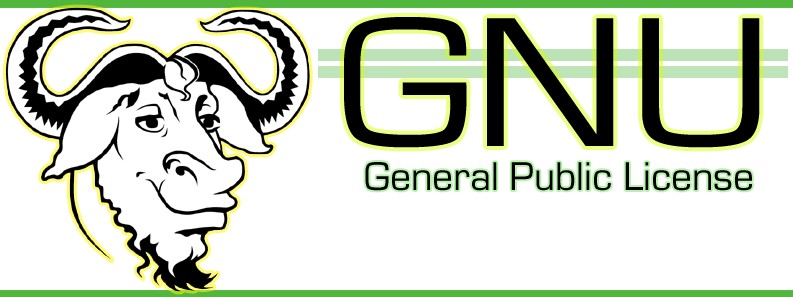In simple terms, GNU is a type of license that you can use for your code or software. Today, we’ll explore everything about the GNU project. Before diving deep, let’s briefly review other types of licenses as well.
Types of Software Licenses
Public Domain License
Public domain licenses apply to software that is not copyrighted. You don’t have to pay any fees, and you can freely reuse, redistribute, and copy the code.
Permissive License
Similar to public domain licenses, this allows any kind of modification. However, you must acknowledge the original license in your work.
Proprietary License
Proprietary software is not open source. You cannot freely use, view, or modify its code. Microsoft Windows is an example of proprietary software.
Copyleft License
Copyleft licenses are a type of open-source software license. They allow reuse and modification, but if you modify the code, your version must also be released under a copyleft license.
The final type is the GNU General Public License. Let’s explore it in detail.
What Is the GNU General Public License?
GNU, short for “GNU’s Not Unix,” is a software license used for many open-source projects. A common misconception is that GNU-licensed software is always free. However, this is not entirely true. Software under the GNU license ensures users have the freedom to use, distribute, and modify the software. It may or may not be free of cost.
The GNU Project was announced by Richard Stallman on September 27, 1983. His vision was to give users freedom and control over their computing by collaboratively developing and sharing software that allows everyone to:
- Freely run the software.
- Copy and distribute it.
- Study its source code.
- Modify it as needed.
GNU software guarantees these rights through its license. For example, the TEE Command is licensed under the GNU General Public License.
For more details about the project, visit the official GNU Project page.
